Orde: Pelecaniformes. Family: Ardeidae
Description
Size 140 cm. Larger than all other herons, more robustly proportioned, rufous head, crest and neck, slate-grey upperparts and rich rufous underparts. Chin and throat are white. Foreneck and upper breast are white streaked black. Long feathers on crest, neck, breast and back develop before breeding period. Long, strong, pointed bill has black upper mandible and horn below. Eyes are yellow. Long legs and feet are black (not yellowish). Both sexes are similar.
Juveniles resemble adults, but they are duller. Grey upperparts edged rufous; underparts streaked white.
Similar species: In colour it most closely resembles the Purple Heron, but it is distinguished from the Purple Heron by its large size (nearly twice as large), chestnut rather than black cap, and chestnut rather than black-streaked rufous sides of neck. Goliath Heron has an unstriped head and neck and dark legs. Purple Heron has black lines that form a pattern on its rusty head and sides of neck.
Distribution
Occurs across much of sub-Saharan Africa. In southern Africa, it is uncommon to locally common in the far south and north of Namibia (including the Caprivi Strip), northern and eastern Botswana, Zimbabwe, central and southern Botswana and central and north-eastern South Africa.
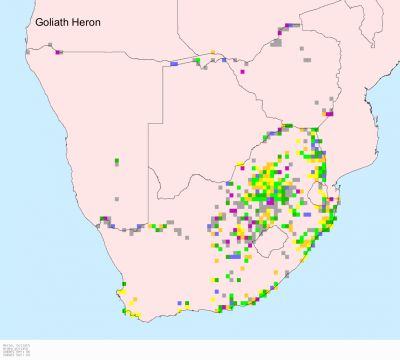
Habitat
It generally favours shallow water near the shore of large water bodies, such as lakes, estuaries, mangroves, reefs and marshes.
Diet
It mainly eats fish, doing most of its foraging among floating vegetation in shallow water, walking extremely slowly (3-4 steps per minute). When it spots prey it stops moving, coiling its neck before stabbing the prey with its bill slightly open. Once caught it takes the food item to the shore, killing the animal before swallowing it headfirst.
Breeding
Monogamous and usually a solitary nester, although it may breed in loose colonies of 2-7 breeding pairs. The nest is built by both sexes, consisting of a large platform of reeds, sticks and water plants, typically placed in a tall tree, on the ground of an island, on a mat of trampled reeds or in flooded bushes or trees. Egg-laying season is year-round, peaking during the wet season. It lays 2-5 pale blue eggs, which are incubated by both sexes for about 24-30 days. The chicks are unafraid of humans: if disturbed, they make a hissing noise and sometimes a perform threat display. They leave the nest at roughly 40 days old, becoming fully independent approximately 15 days later.
Call
Normally silent; call a raucous kowoork-kowoork.
Status
Widespread but generally uncommon resident. Competition from overfishing a severe threat away from protected areas.



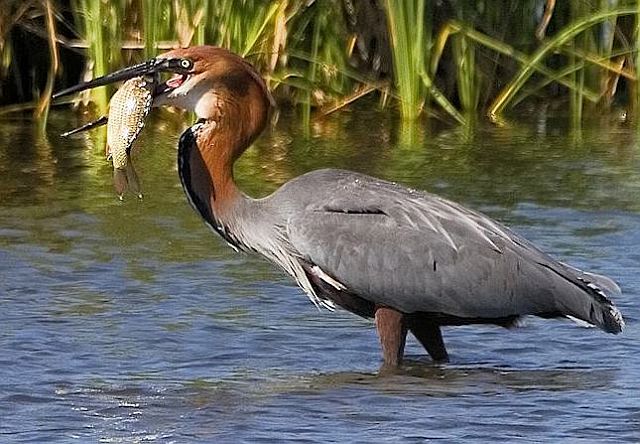 © PRWIN
© PRWIN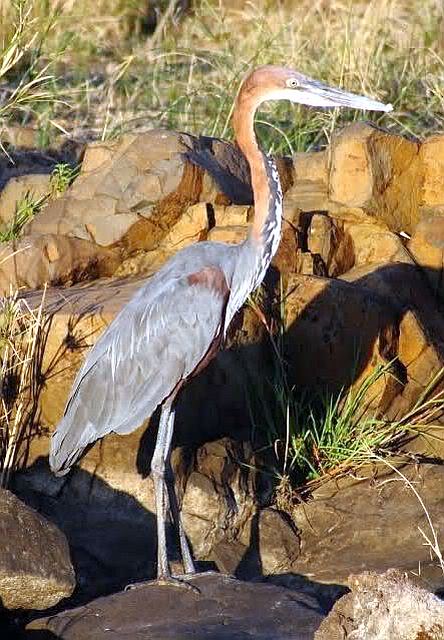 © Flutterby
© Flutterby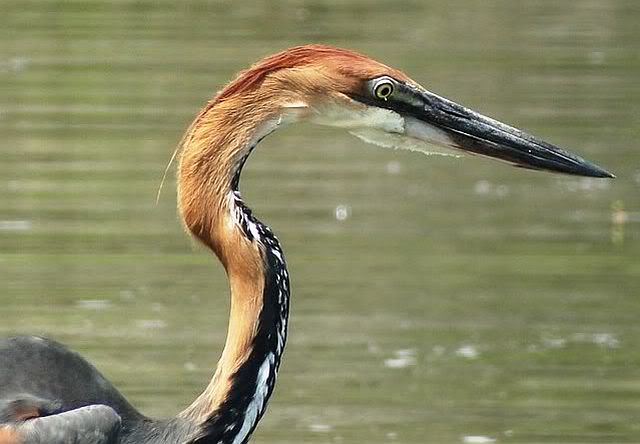 © JustN@ture
© JustN@ture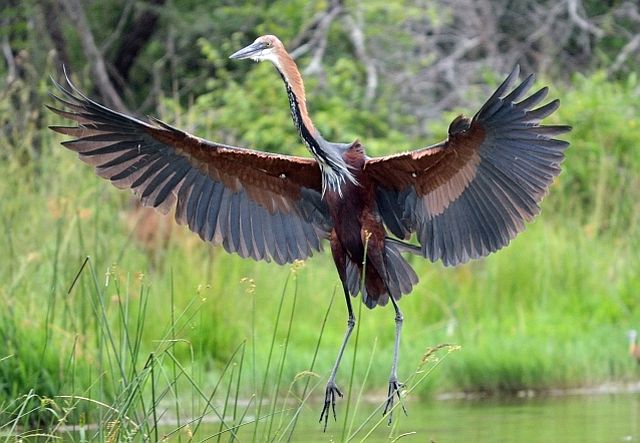 © BluTuna
© BluTuna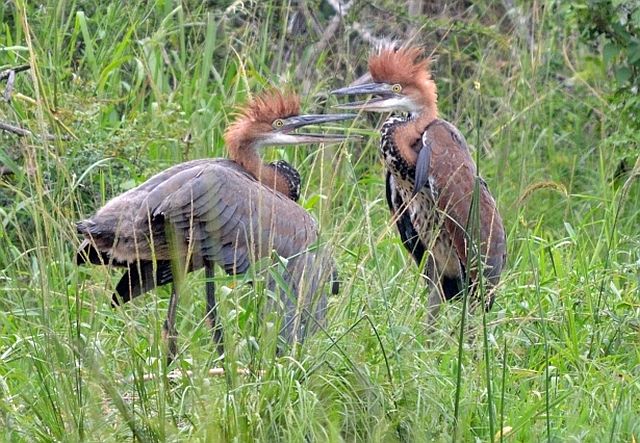 © BluTuna
© BluTuna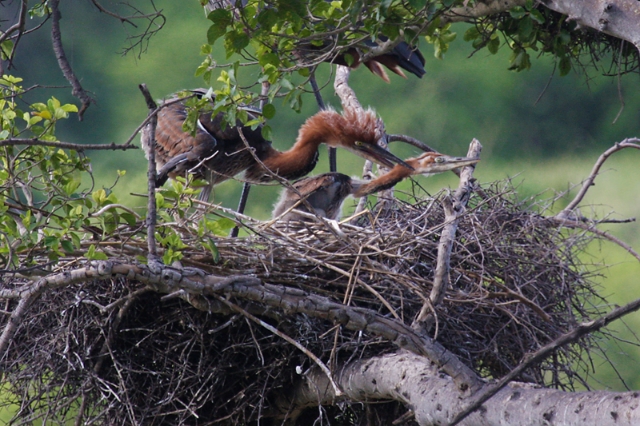 © leachy
© leachy
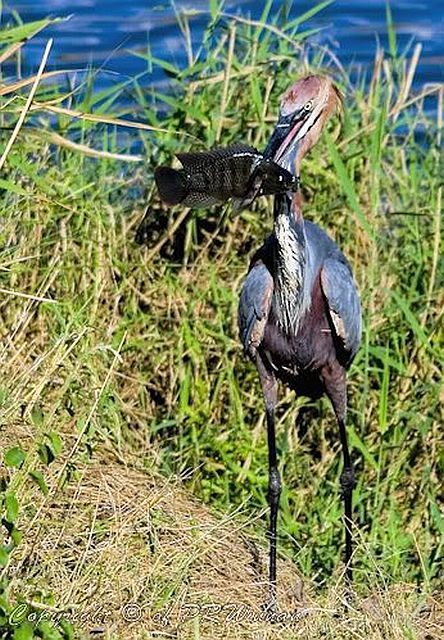
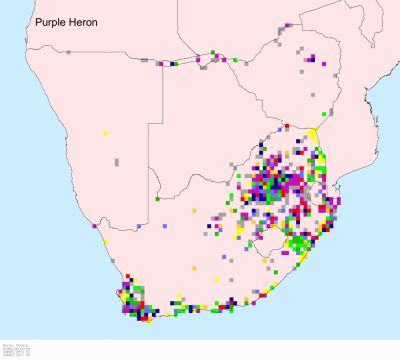
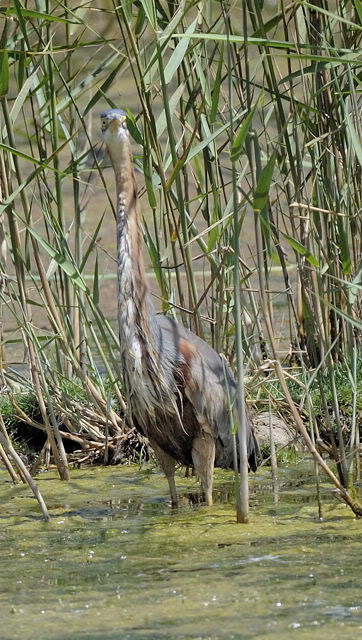 © Dewi
© Dewi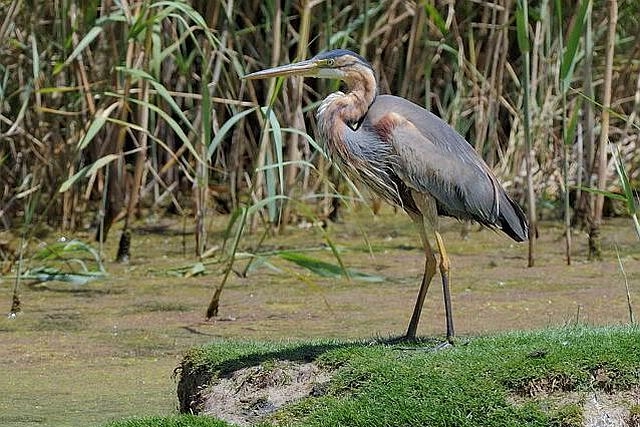 © Dewi
© Dewi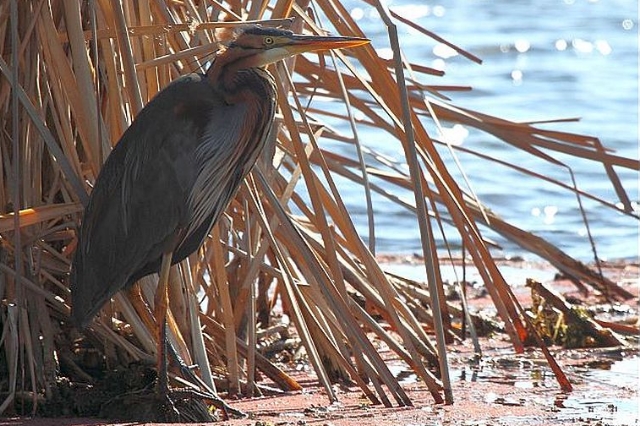 © Duke
© Duke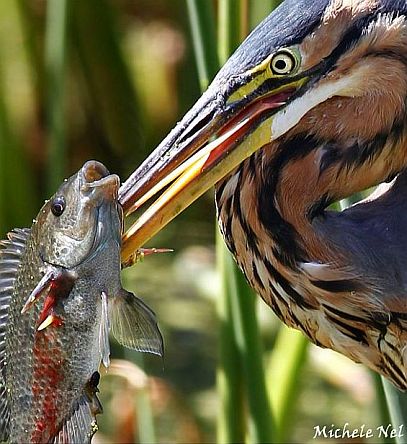 © Michele Nel
© Michele Nel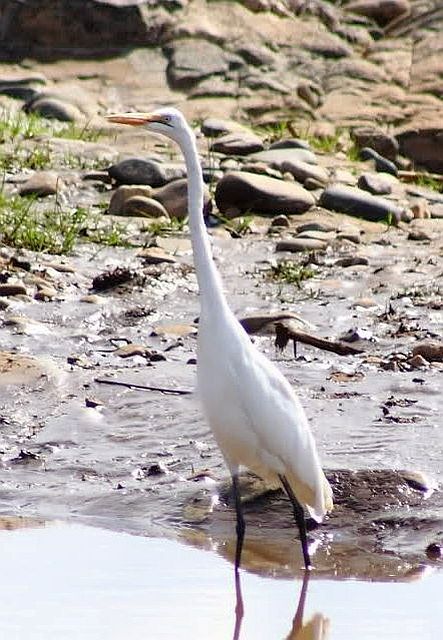 © Flutterby
© Flutterby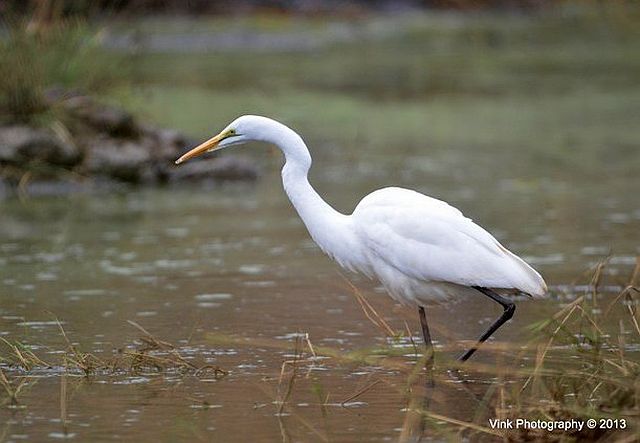 © vinkie
© vinkie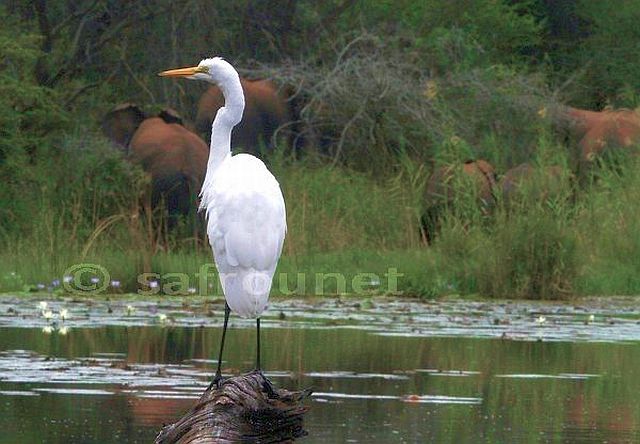 © nan
© nan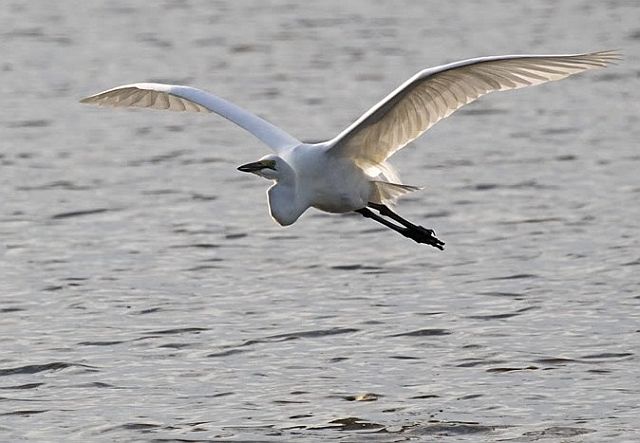 © leachy
© leachy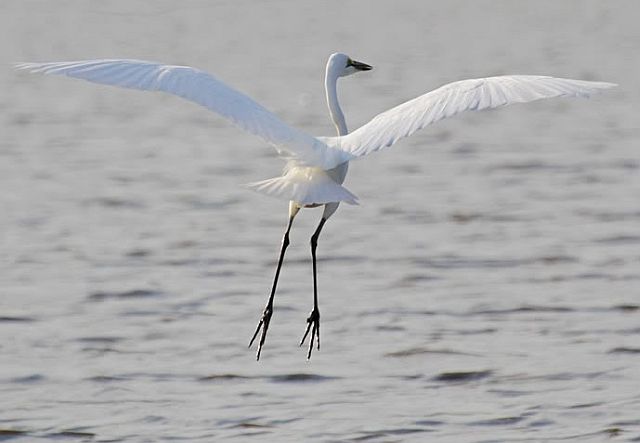 © leachy
© leachy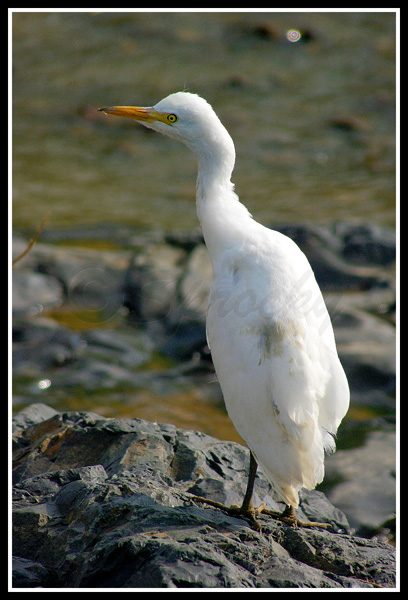 © Sprocky
© Sprocky © Duke
© Duke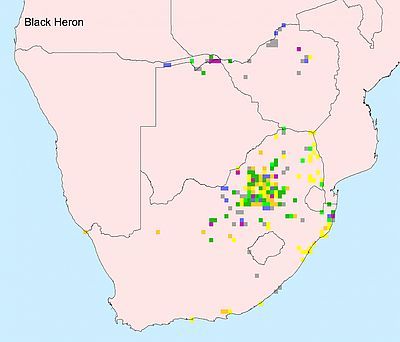
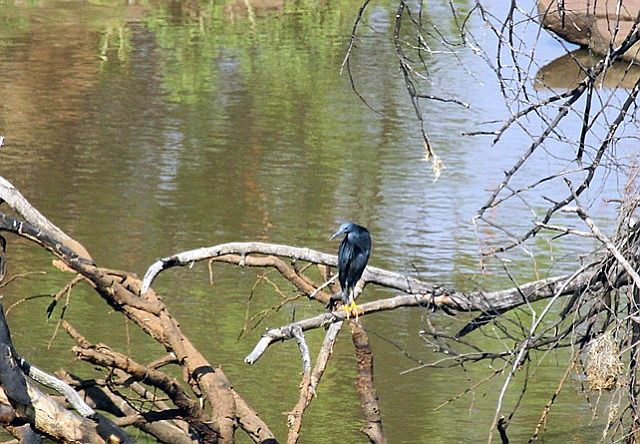 © leachy
© leachy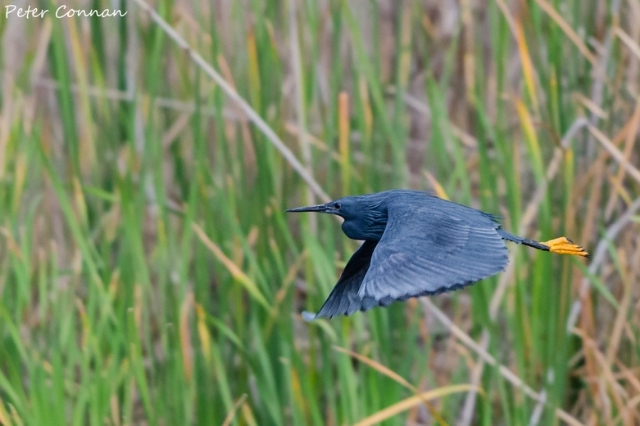 © Peter Connan
© Peter Connan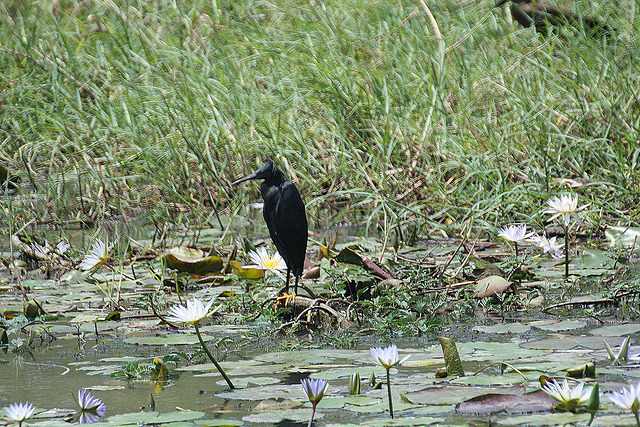 © Moggiedog
© Moggiedog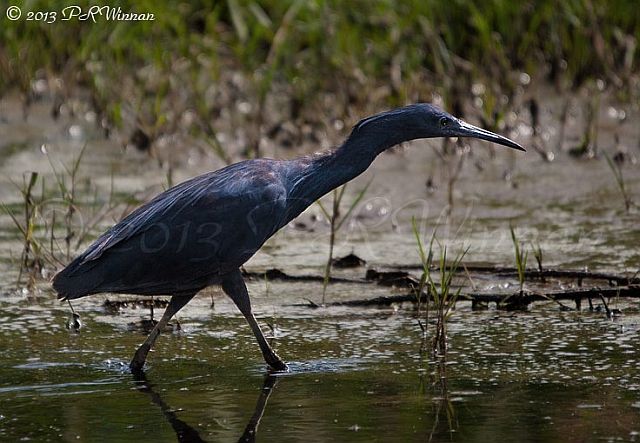 © PRWIN
© PRWIN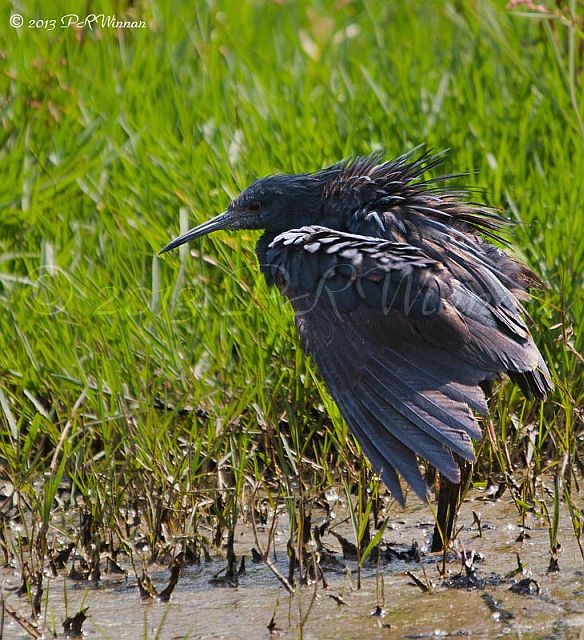 © PRWIN
© PRWIN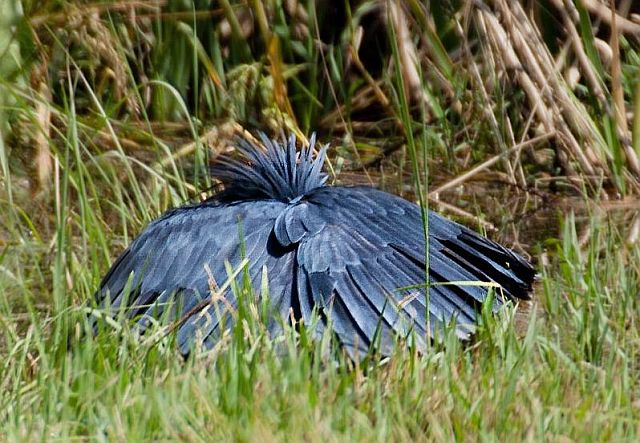 © PRWIN
© PRWIN © nan
© nan